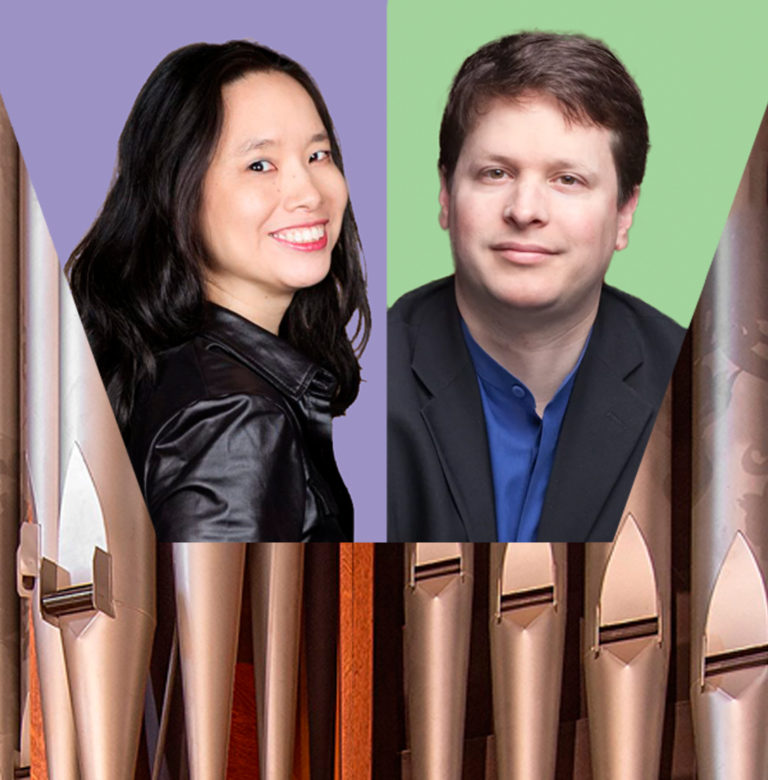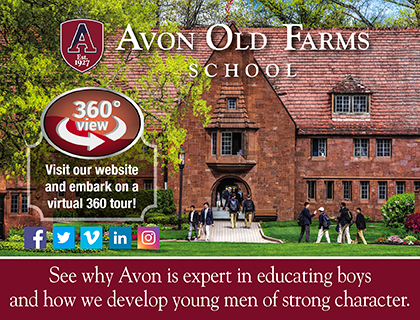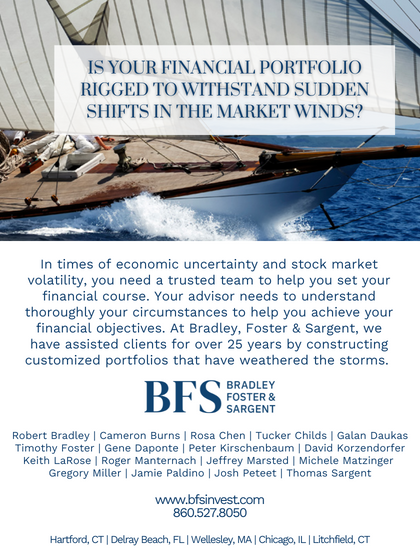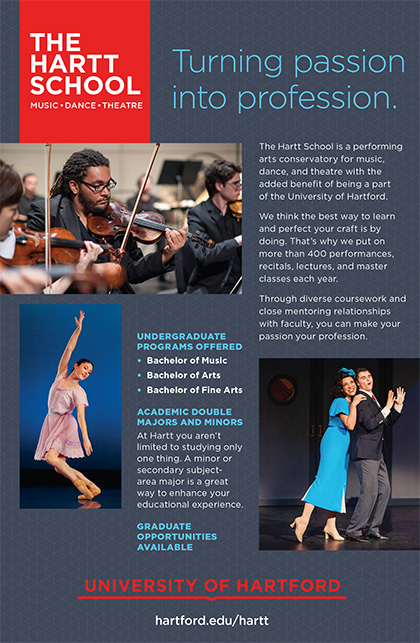
HARTFORD SYMPHONY ORCHESTRA
Carolyn Kuan, Music Director
ORGAN EXTRAVAGANZA!
The 25th Annual Albert Schweitzer
Organ Festival Hartford
Saturday, October 22, 2022 / 4:00 p.m.
William H. Mortensen Hall, The Bushnell Center for the Performing Arts
CAROLYN KUAN, conductor
PAUL JACOBS, organ
ALEXANDER PATTAVINA, organ
|
CAMILLE SAINT-SAËNS
|
Symphony No. 3 in C Minor (“Organ”), Op. 78 II. Allegro moderato – Presto – Maestoso – Allegro |
-INTERMISSION-
|
KENT B. GOLDEN |
The Story of the Albert Schweitzer Organ Festival Hartford |
|
|
CHRISTOPHER HOULIHAN ASOFH |
Introduction of Competition Finalists and Members of the Jury, and Presentation of Prizes |
|
|
JOHANN SEBASTIAN BACH |
Prelude and Fugue in A Minor, BWV 543 Paul Jacobs, organ |
|
|
MICHAEL DAUGHERTY
|
Once Upon a Castle (2003/2015)
|
|
|
|
|
Opus 1627 holds a special place in Austin history. It was the final big civic auditorium organ built by the Austin Organ Company, and it truly represents the Austin style of its time. Unlike the specifications of many large organs, this one was prepared without a consultant or independent committee, and it was not influenced by the views of a resident organist.
The Bushnell Center for the Performing Arts (formerly known as Horace Bushnell Memorial Hall) was completed in 1930 by Dotha Bushnell Hillyer as a “living memorial” to her father, the Reverend Dr. Horace Bushnell (1802-1876), a Hartford minister, theologian, philosopher, and civic leader. The original auditorium, William H. Mortensen Hall, today seating around 2,800, is an excellent example of Art Deco style, and the Austin console and bench, walnut with ribbed sides, fit the style perfectly. Organ chambers are located on either side of the proscenium. The organ contract, signed June 15, 1928, was in the amount of $45,000. On August 29, 1929, the big 102-stop, 5,409-pipe organ was moved from the factory on Woodland Street in Hartford to the auditorium for installation.
The building was dedicated in a three-day festival, January 13–15, 1930. On the first evening, organ performances by Chandler Goldthwaite initiated opus 1627. Beginning February 16, 1930, a series of Sunday evening organ recitals on the Bushnell organ was broadcast over station WTIC. Vincent Percy, Lynnwood Farnam, and Clarence Watters were the first three recitalists, followed by other well-known organists from various locations. Programs for the National Association of Organists and the American Guild of Organists also found a place in Bushnell
Memorial Hall. When the American Guild of Organists held a convention in Boston in June 1932, the convention visited Hartford to hear the Bushnell organ. By that time a reported 649,000 persons had attended 461 events in Bushnell Memorial Hall since the building’s dedication in January 1930.
Even the Bushnell organ’s prominent position as a showcase organ in the Austin company’s hometown could not save it from neglect. From the first there was a problem: lighting technicians had to walk through parts of the organ to adjust stage lights. Like other big organs of its time, it suffered even more from declining public interest in organ recitals and declining support for orchestral style instruments by the organ profession. Jonathan Ambrosino has traced the organ’s history from the 1970s, noting when the wind ducts were cut, the console removed to storage, the organ offered for sale, its revival to playing condition by a local enthusiast, Ralph Cudworth, and finally a major restoration by Austin Organs, Inc., completed in 1989 with Nelson Barden Associates as consultants at a cost of over $500,000. During the organ restoration project, every pipe was returned to the Austin factory for refurbishing, all actions were rebuilt or replaced, a new Great chest was installed, and all pipes reregulated.
Excerpted from Austin Organs by Orpha Ochse, Organ Historical Society, 2001. Reprinted with permission.
Following its 1989 restoration, the Austin organ was rededicated during The Bushnell’s 60th Anniversary season, which included a solo recital by Thomas Murray (September 8, 1989) and a performance with the Hartford Symphony Orchestra, Michael Lankester, conductor and John Rose, soloist (January 9–10, 1990). The Bushnell organ is maintained today by Foley-Baker, Inc. of Tolland, CT.
About the Albert Schweitzer Organ Festival Hartford
Named for the 1952 Nobel Peace Prize laureate, humanitarian, theologian, physician, and organist, the Albert Schweitzer Organ Festival USA was founded in 1996 at the Albert Schweitzer Institute, now at Quinnipiac University, by Harold E. Robles (1948-2020), the Institute’s founder, and David C. Spicer (1946-2017), Minister of Music and the Arts at the First Church of Christ in Wethersfield, CT. The inaugural event occurred on September 7, 1997, and the competition began the following year. The festival was modeled after the Albert Schweitzer Organ Festival in Holland that was organized ten times in the Lebuïnuskerk in Deventer from 1978 to 1991.
For the first eighteen years, ASOF USA was sponsored by the First Church of Christ and held in its historic meetinghouse in Wethersfield. In 2015, a nonprofit corporation was formed to move, grow, and expand the festival at Trinity College in Hartford with its distinguished Austin pipe organ. The festival was first held at Trinity College Chapel the following year.
2017 marked the festival’s 20th anniversary, the rebranding of the festival as ASOF Hartford, and the appointment of Vaughn Mauren as Artistic Director. Due to the coronavirus pandemic, the festival was canceled in 2020 and a virtual competition was held in 2021. This year marks the festival’s 25th anniversary and the appointment of Christopher Houlihan as Artistic Director. Christopher Houlihan is College Organist & Director of Chapel Music, and Artist- in-Residence at Trinity College.
The mission of ASOF Hartford is to encourage and inspire excellence in organ performance by emerging artists at both the high school and young professional levels. Since moving to Hartford, the festival has grown to become one of the top three competitions for young organists in North America.
Staff
Christopher Houlihan, Artistic Director
Ann Drinan, Grants Writer
Board of Directors
Robert Bausmith, President
Claire Burnett, Secretary
Richard Kubica, Treasurer
James Barry
Stewart Battle, JD
Chelsea Chen, AD
Leslie Desmangles, PhD
John Gorton
Christopher Houlihan
Alan MacMillan, PhD
Kari Miller, DMus
Albert Tomasso
Honorary Board
Marilyn Austin
Dana Spicer
Email Address: info@asofhartford.org
Mailing Address: 19 Walden Street,
West Hartford, CT 06107
Competition Venue: Trinity College Chapel,
300 Summit Street, Hartford, CT 06106
Presenting Sponsor ($25,000)
The Marjorie Jolidon Fund at the Hartford
Foundation for Public Giving
Supporting Sponsors ($5,000 - $24,999)
Robert Bausmith & Jill Peters-Gee MD
CT Humanities, with funding provided by the Connecticut State Department of Economic and Community Development/Connecticut Office of the Arts from the Connecticut State Legislature
The Ensworth Charitable Foundation
The Richard P. Garmany Fund at the Hartford
Foundation for Public Giving
Greater Hartford Chapter of the American Guild of Organists
The Edward C. & Ann T Roberts Foundation
Trinity College
Community Sponsors ($1,000 - $4,999):
AHEAD
Marilyn Austin
Austin Organs
CitiusTech, Inc.
State of Connecticut Office of the Arts,
which receives funding from the National
Endowment for the Arts, a federal agency
Foley-Baker, Inc.
Dean Fong, in memory of Jack and Jenny Fong,
loving parents and grandparents, and Tze King
Ao, loving father and grandfather
Richard and Karen Kubica
William and Alice Mortensen Foundation
Alan Murchie
Albert Schweitzer Institute at Quinnipiac University
Simhadri Family Giving Fund
David C. Spicer Family
Phillip Truckenbrod Concert Artists






